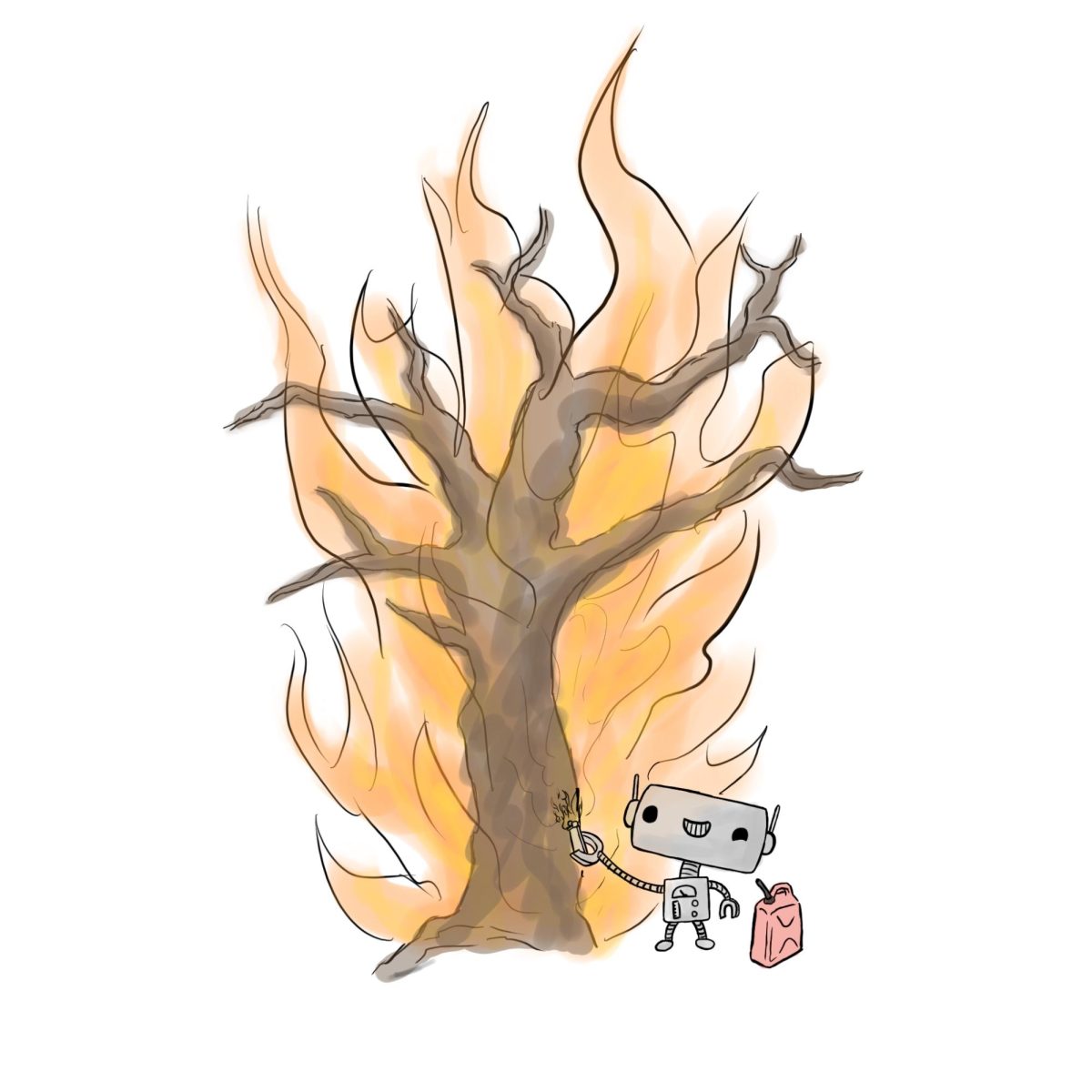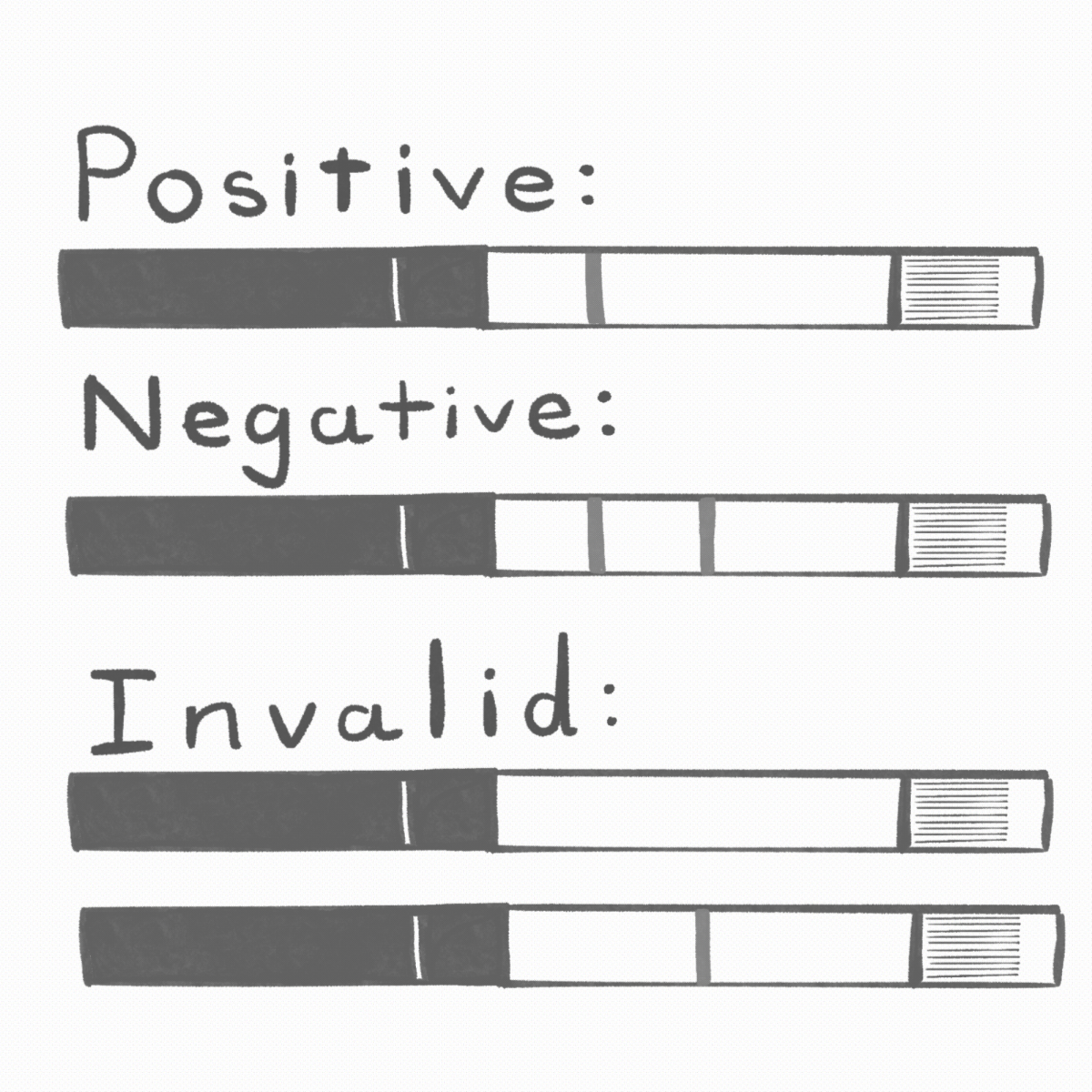Imagine one morning waking up, getting out of bed and heading for the bathroom. In the process you fall flat on your face. Your legs will not work. With help, you find your way to an emergency room and the diagnosis is bilateral spastic paraparesis. Both legs are affected. Your symptoms resemble polio and cerebral palsy. The ER personnel keep asking you what you have eaten. “Have you eaten cassava?” asks the intern who was born in the Democratic Republic of Congo. You notice that your ankles are twitching several times a minute. Your feet are stinging. Your legs just won’t move correctly and cannot bear your weight. Someone asks: “Have you been around cyanide lately?” You are growing more anxious by the minute. Is there a pill for this? What’s a cassava? What’s happening to me? Finally, the attending ER resident sits down in the chair next to your bed. With a serious expression, the physician says you may never be able to walk again but your symptoms are now in check. Your blood work indicates cyanide poisoning. “Have you travelled out of the country, especially to the tropics?” “Have you eaten recently the root of the cassava plant in quantity?” “It appears that you have Konzo.”
Konzo was first described in 1938 when over 1,000 people in a region of the Democratic Republic of Congo, then called the Belgian Congo, demonstrated spastic paraparesis of the legs. Konzo in the Yaka language means “tired legs.” Persons afflicted with Konzo cannot walk well, if at all. In 1981 another outbreak of Konzo occurred in Mozambique; this time, a young Swedish physician by the name of Hans Rosling was on site. The right person was in the right place at the right time. He reported that Konzo disease is associated with cassava plants.
Cassava is a woody shrub that is native to South America and is found worldwide in the tropics. Also known as the Manihot, it is extremely drought tolerant and will grow in poor soils. Cassava root is a rich source of carbohydrate, and in periods of crop failure, the roots can be dug from the ground and eaten. But the plant has a dirty, little secret. Cassava concentrates cyanide in its root. The root has to be dried and soaked in a very specific way to drive the cyanide out of the plant tissue. That being done, the cassava is safely edible.
Cassava is the third-most widely used source of carbohydrates in the tropics, with rice and maize being numbers one and two. Nearly 300 million tons of cassava are harvested every year with Africa leading in consumption. In Ghana, 30 percent of the daily caloric intake is from cassava root. You ask, why do people in these far-away places eat such a potentially lethal plant? Don’t they know better? One has to be really starving to eat this root.
Food culture is such an interesting topic. In the United States each year, there are Cherry festivals in places like Traverse City, Michigan. Texas towns, such as Stonewall and Fredericksburg, have peach festivals every year. Apricots, plums and nectarines all have festivals. It seems as if every pitted fruit has a festival somewhere in the United States. All of these fruits have a dirty little secret; they each produce amygdalin, which can become a cyanogenic glycoside. And, pray tell, what can a cyanogenic glycoside turn into? Hydrogen cyanide. The citizens of this country all run a risk of cyanide poisoning every time one eats a pitted fruit, especially if we eat the crushed pit.
800 million people eat the cassava. At least that many people eat stone fruits. Why don’t we have Konzo in the United States? In the spring term, Alfred Montoya of the department of sociology and anthropology and Robert Blystone of the biology department will team together to teach Global Health, offered through the international studies program. The interdisciplinary nature of Konzo and its study will be one of the topics discussed in the Global Health course. For more information about the course, please contact Montoya, Blystone or Nanette Le Coat.
Robert Blystone is a professor of biology. For more information, read Amy Maxmen’s October articles in “Global Health NOW.”






